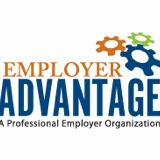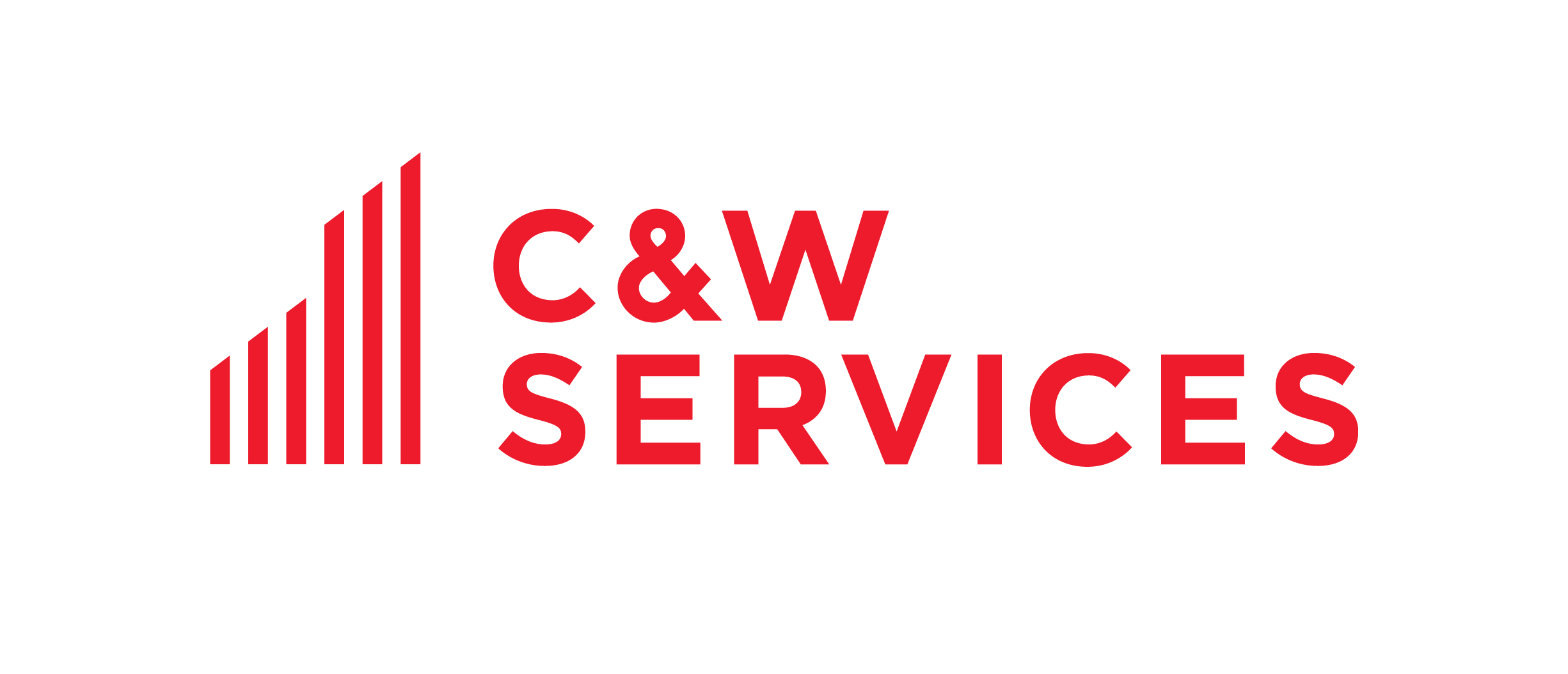Information
-
Document No.
-
Audit Title
-
Client / Site
-
Conducted on
-
Prepared by
-
Location
-
Personnel
For levels II, III, IV, and V, omit steps that do not apply.
STEP 1 - Choose the Inspection Site
-
* Select a safe location, paved, level, away from traffic, visible to traffic, and able to support the weight of the vehicle. * Avoid hills, curves, soft shoulders and construction sites. * You must be visible to oncoming traffic.
STEP 2 - Approach the Vehicle
-
* Observe the driver. * Adhere to officer/inspector safety policies. * Be alert for leaks, unsecured cargo.
STEP 3 - Greet and Prepare Driver
-
* Identify yourself. * Ensure that the driver is capable of communicating sufficiently to understand and respond to official inquiries and directions. * Place chock blocks on the driver's side. * Explain this inspection procedure. * Ensure engine is off. * Check seat belt usage and condition. * Observe the driver's overall condition for illness, fatigue or other signs of impairment. * Check for illegal presence of alcohol, drugs, weapons or other contraband.
STEP 4 - Interview Driver
-
* Ask for the following from the driver: starting location, final destination, load description, time traveled, most recent stop, fueling location(s). * Talk to the driver about the trip.
STEP 5 - Collect the Driver's Documents
-
* Medical Examiner's Certificate (if applicable). * Skill Performance Evaluation (SPE) Certificate (if applicable). * Driver's license, CDL, record of duty status. * Shipping papers. * Periodic inspection certificates, CVIP. * Supporting documents: bills of lading, receipts, other documents used to verify record of duty status.
STEP 6 - Check for the Presence of Hazardous Materials / Transportation of Dangerous Goods
-
* Check shipping papers, placards, and leaks or spills, unsecured cargo, markings and labels.
STEP 7 - Identify the Carrier
-
* Identify carrier using the following: vehicle identification, vehicle registration, insurance, operating authority, driver interview.
STEP 8 - Examine Driver's License
-
* Expiration Date * Endorsements * Status * Class * Restrictions
STEP 9 - Check Medical Examiner's Certificate and Skill Performance Evaluation (SPE) Certificate (if Applicable)
-
* Check certificate date (valid for 24 months). * Check corrective lens requirement. * Check hearing aid requirement. * Check physical limitations. NOTE: In Canada and Mexico proper class indicates adequate medical.
STEP 10 - Check Record of Duty Status
-
* Hours of Service verification. * If driver claims to be exempt, check that driver meets all criteria for said exemption(s). * Check accuracy of record.
STEP 11 - Review Driver's Daily Vehicle Inspection Report (if Applicable)
-
* Review the required vehicle inspection report to verify that listed safety defects have been certified as corrected. * Check for driver signature on previous inspection reports.
STEP 12 - Review Periodic Inspection Report(s)
-
* Ensure vehicle has passed the required inspection and has the required documents and decals.
STEP 13 - Prepare Driver for Vehicle Inspection
-
* Explain the vehicle inspection procedure. * Advise the driver in the use of hand signals. * Check chock blocks. * Prepare the vehicle, vehicle transmission in neutral. Engine off, key must be in the "on" position, and release all brakes. * Instruct driver to remain at the controls.
STEP 14 - Inspect Front of Tractor
-
* Check headlamps, turn signals (do not use four way flashers to check turn signals) and all other required lamps for improper color, operation, mounting, and visibility.
STEP 15 - Inspect Left Front Side of Tractor
-
* Check front wheel, rim, hub, and tire.
STEP 16 - Inspect Left Saddle Tank Area
-
* Check fuel tank area. * Check exhaust system.
STEP 17 - Inspect Trailer Front
-
* Check air and electrical lines.
STEP 18 - Check Left Rear Tractor Area
-
* Check wheels, rims, hubs, and tires. * Check lower fifth wheel. * Check upper fifth wheel. * Check sliding fifth wheel. * Check all required lamps. CAUTION: Never place yourself in between tires of tandem axles.
STEP 19 - Inspect Left Side of Trailer
-
* Check frame and body. * Check condition of hoses. * Check van and open-top trailer bodies. * Check cargo securement.
STEP 20 - Inspect Left Rear Trailer
-
* Check wheels, rims, hubs, and tires. * Check sliding tandem.
STEP 21 - Inspect Rear of Trailer
-
* Check tail, stop, turn signals, all other required lights and lamps / flags on projecting loads. * Check external ABS malfunction lamps. * Check cargo securement.
STEP 22 - Inspect Double, Triple and Full Trailers
-
* Check safety devices on full trailers / converter dollies. * Check the safety devices (chains / wire rope) for sufficient numbers, missing components, improper repairs, and devices that are incapable of secure attachments. Inspect pintle hook, eye and drawbar for cracks, excessive movement, and improper repairs.
STEP 23 - Inspect Right Rear of Trailer
-
* Check as in step 20.
STEP 24 - Inspect Right Side of Trailer
-
* Check as in step 19.
STEP 25 - Inspect Right Rear Tractor Area
-
* Check as in step 18.
STEP 26 - Inspect Right Saddle Tank Area
-
* Check as in step 16.
STEP 27 - Inspect Right Front Side of Tractor
-
* Check as in step 15.
STEP 28 - Inspect Steering Axle(s)
-
* Check steering system (both sides). * Check front suspension (both sides). * Check front axle. * Check frame and frame assembly. * Check front brake components (both sides). * Mark push rods (both sides). NOTE: Inform the driver that you are going under the vehicle. Enter under the carriage in view of the driver. (At front of power unit, rear of power unit, and in front of trailer axle(s).
STEP 29 - Inspect Axles 2 and / or 3
-
* Check suspension (both sides). * Check frame and frame assembly. * Check brake components (both sides). * Mark push rods (both sides). * Exit under carriage in view of driver.
STEP 30 - Inspect Axles 4 and / or 5
-
* Same as step 29.
STEP 31 - Check Brake Adjustment
-
* Ensure air pressure is 90 - 100 psi. * Have driver fully apply brakes and hold. * Measure and record all push rod travel. * Identify size and type of brake chambers. * Ensure brake lining to drum contact. * Listen for air leaks.
STEP 32 - Inspect Tractor Protection System (This procedure tests both the tractor protection system and the emergency brakes.)
-
* Have driver release brakes and disconnect both brake lines. * Full brake application. * Listen for leaks.
STEP 33 - Inspect Required Brake System Warning Devices
-
* Observe the dash panel area when the key is turned "on" for the function test of the ABS malfunction lamp(s) (if applicable). * Observe dash gauges while ignition is "on" and the driver is pumping the foot valve to approximately 55 psi for the function test of a low air pressure warning device.
STEP 34 - Test Air Loss Rate
-
* Apply brakes while engine is idling, the governor has cut in, and pressure is 80-90 psi.
STEP 35 - Check Steering Wheel Lash
-
* Measure steering wheel lash while wheels are straight and the engine is running.
STEP 36 - Check Fifth Wheel Movement
-
* Prepare the driver and vehicle. * Check for excessive movement. CAUTION: If conducted improperly, this method of checking for fifth-wheel movement can result in serious damage to the vehicle. Use caution and instruct the driver carefully.
STEP 37 - Complete the Inspection
-
* Complete documentation. * Conclude with driver. * Follow correct and current OOS procedures (if applicable). * Issue CVSA decal(s) (if applicable).













